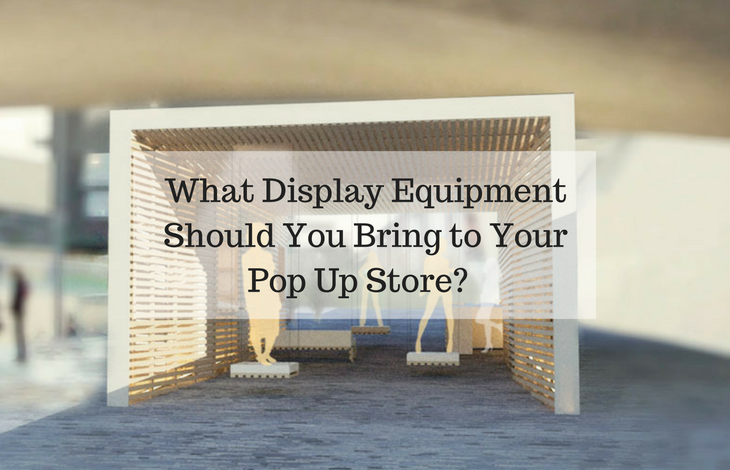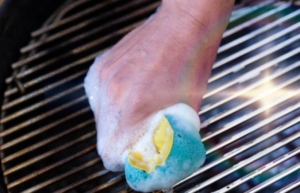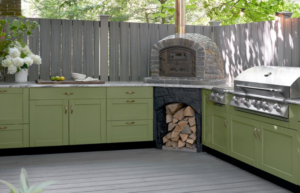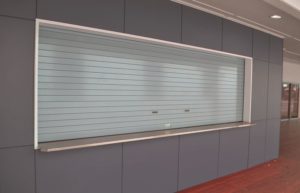What Display Equipment Should You Bring to Your Pop Up Store?

A pop-up store can be an interesting way to bring in some new business in an unfamiliar region. There are plenty of opportunities to have one. It could be a concert at a school or university, a seasonal festival like Halloween or Summer Solstice, a travelling caravan, a theme-based fair, or even a neighbourhood bake sale.
The basis of a pop-up store is that it’s temporary. It will only be used for a few days, or maybe a few weeks. Some pop-ups are used during a specific season, such as school holidays. They will be located in an area that isn’t actively in use so that it might be an open field, an empty hall, a corner of the street, or even the back of a ute/food truck.
Because the pop-up isn’t a permanent structure, you don’t want to invest too much in its set up. It wouldn’t be the best idea to design pop-up banners specifically for that function because you’d be unable to use them anywhere else. For this reason, your ads should be more generic so that you can apply them to other situations without further expense.
Of course, the advantage of many roll-up banners is that their artwork is changeable, so you can use banner stands that you already have and simply replace the graphics sheet. Remember though, if you’re ordering anything new, make sure the communication is over-arching enough to be re-used at future exhibition stands.
For ads that are more specific, such as the dates and location of the pop-up store, don’t use banners. Instead, print flyers, leaflets, brochures, or posters. To save costs, get a sound designer, but use recyclable paper. After all, the design will make a bigger impact than the quality of the paper, which will probably be thrown away soon after reading.
Even if the brochures are attractive enough to keep, you can save by using more affordable sheeting. People will remember the message more than the material it was printed on. Another option is to spread the word on social media rather than printing things out.
Prevent potential litter and save a few trees by targeting neighbourhood Whatsapp groups, creating a pop-up telegram channel, and running short-term paid ads on Facebook, Instagram, and other platforms. Depending on the nature of the store, you can even run a Snapchat campaign just for the duration of the pop-up.
Regarding permanent banners, you need one that says who you are and why you’re there. Horizontal flags that show the name of your company, your logo and some contact details are crucial. You need another banner that says exactly what your shop is for. It will list the products and services available at your pop-up store.
A large format banner is ideal for listing products and services. You need something that can be read from a distance because it will draw people to your store. Consider using a media wall, or 3-metre vertical banners. If there are other stores nearby, mark off the boundary of your shop using buntings, ribbon, and tape.
Ensure that all the banners you use are lightweight and easy to assemble. Retractable banners are a good idea because they don’t occupy much space. This matters because you’ll bring them to the store each morning and take them back to the office every evening, so you don’t want unnecessary baggage.
Also, if your pop-up store has physical products for sale, these should occupy the bulk of storage space in your vehicle. These are the items that will bring you cash, so you don’t want your stocks limited by bulky banners. In addition to flyers and business cards, place a few desktop banners on your service counters, possibly with name tags.
One of the easiest things to do at a pop-up store is to set up a selfie stand. It could use your media wall as a backdrop, or you could have more targeted graphics for your social media accounts. This will spread the word organically, bringing more people to the pop-up store and keeping your brand in mind for weeks to come.
Reference/ Some Information is collected from: http://www.bannerbug.com.au/pop-up-systems/





